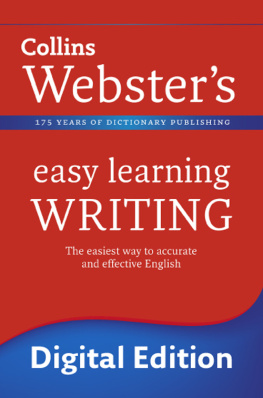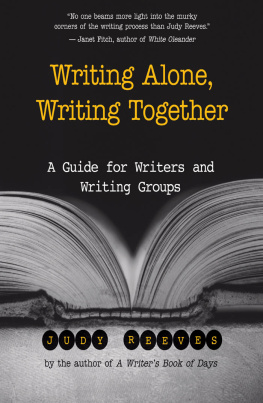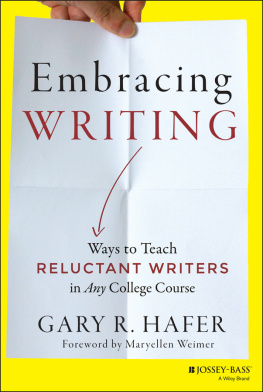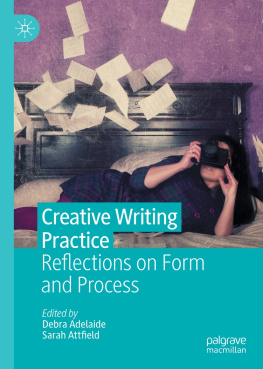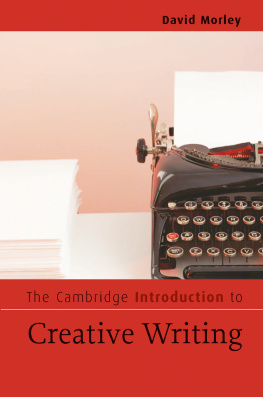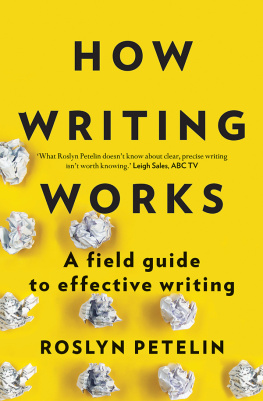Barton M. - Writing Spaces. Web Writing Style Guide Version 1.0
Here you can read online Barton M. - Writing Spaces. Web Writing Style Guide Version 1.0 full text of the book (entire story) in english for free. Download pdf and epub, get meaning, cover and reviews about this ebook. genre: Computer. Description of the work, (preface) as well as reviews are available. Best literature library LitArk.com created for fans of good reading and offers a wide selection of genres:
Romance novel
Science fiction
Adventure
Detective
Science
History
Home and family
Prose
Art
Politics
Computer
Non-fiction
Religion
Business
Children
Humor
Choose a favorite category and find really read worthwhile books. Enjoy immersion in the world of imagination, feel the emotions of the characters or learn something new for yourself, make an fascinating discovery.

- Book:Writing Spaces. Web Writing Style Guide Version 1.0
- Author:
- Genre:
- Rating:5 / 5
- Favourites:Add to favourites
- Your mark:
Writing Spaces. Web Writing Style Guide Version 1.0: summary, description and annotation
We offer to read an annotation, description, summary or preface (depends on what the author of the book "Writing Spaces. Web Writing Style Guide Version 1.0" wrote himself). If you haven't found the necessary information about the book — write in the comments, we will try to find it.
The Writing Spaces Web Writing Style Guide was created as a crowdsourcing project of Collaborvention 2011: A Computers and Writing Unconference. College writing teachers from around the web joined together to create this guide (see our Contributors list). The advice within it is based on contemporary theories and best practices. While the text was originally written for students in undergraduate writing classes, it can also be a suitable resource for other writers interested in learning more about writing for the web.Contents:
About.
Contributors.
Licensing.
Introduction.
I Know How to Write Papers. Does Any of That Stuff Apply Online?
Whats the Same When Writing for the Web?
Writing for the Web: Whats Different?
What Will I Find in this Guide?
Writing in the Genres of the Web.
What Is a Blog? What about Tumblr? What about Twitter?
Are Notes on Facebook the Same as a Blog?
Twitter Only Gives Me 140 Characters!?
What the Heck?
What Is a Wiki? Is It a Blog?
What Are Reddit and Digg?
How Can Facebook Help to Promote My Web Writing?
What the Hell Is RSS?
The Rhetorics of Web Pages.
Hyperlinks Are the Tubes of the Internet.
Page Titles, Headlines, and Subheaders, Oh My!
Damnit, Jim, Im a Writer, Not a Graphic.
Designer! (Or, Who Gives a Crap?).
Web Writing Style Guide.
You Cant Write for the Web without Working with Visuals.
WTF (Why This Font?).
How Can I Use Video on my Site?
Jazzing Up Your Web Pages: The Good, the Bad, or the Ugly?
Not Everyone Can See Your Graphics.
Its Not Plagiarism If Its on the Web, Right?
In the End, Its All About the Code.
Learning More About Code.
Resources
Credits
Barton M.: author's other books
Who wrote Writing Spaces. Web Writing Style Guide Version 1.0? Find out the surname, the name of the author of the book and a list of all author's works by series.


